There are lot of elements which we didn’t see in the last article. In this article ,we will see that how to configure the CIMC log (syslog), Virtual KVM settings ,configure the BIOS, Power polices, User management, CIMC network settings. We will also see that how to configure the communication services for CIMC(http,https, ssh). To monitor the host, we also able to configure the SNMP on CIMC. At the end of the article, we will see that how to update the firmware and updating the new certificate in CIMC.
1. Verify the sensor status of the C-series server.If there is any issue with the server sensors , it will be displayed here.
Clik here to view.
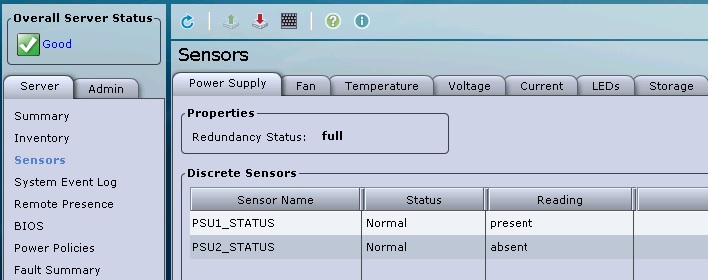
UCS – C- Series Sensor
2. Event log can be viewed by clicking the “system event log”
3.Click on the Remote Presence to configure the virtual KVM console. Here we can configure the number of maximum sessions and remote port.
Clik here to view.
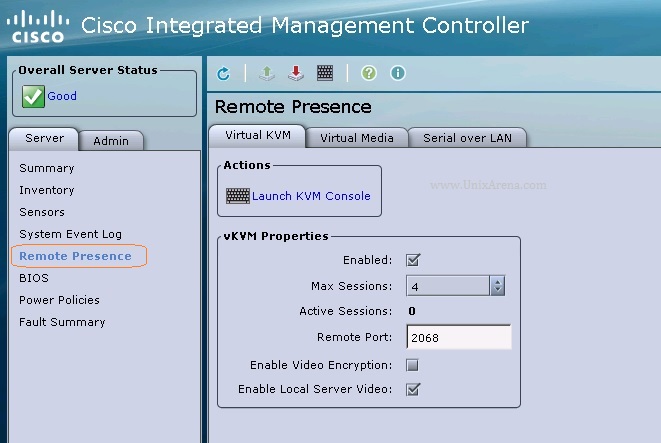
UCS Remote presence – KVM
4.Here is the place where you can enable the virtual media. If you enable the virtual media, you can able to map the local ISO file to the CIMC. (Ex: Mapping the OS ISO files)
Clik here to view.
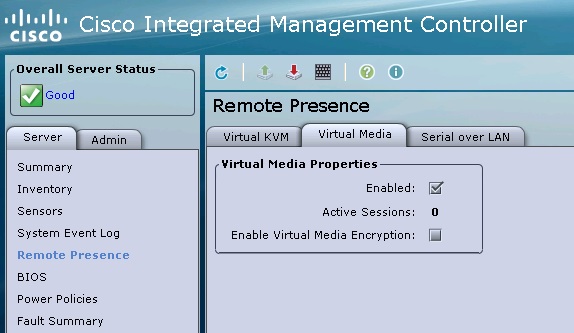
UCS virtual Media Properties
5. Serial over LAN option must be enabled to connect the CIMC remotely.
Clik here to view.
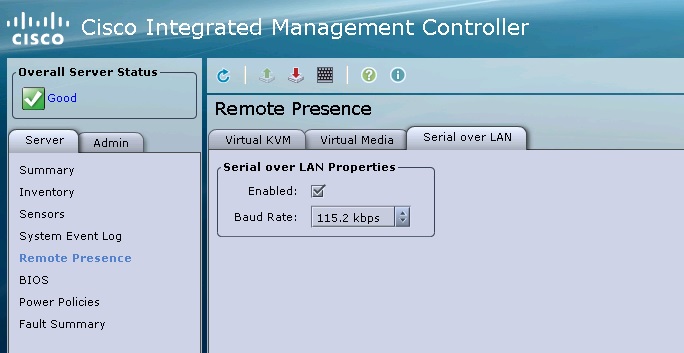
UCS Remote Presence – Seriel Over LAN
6.Boot order can be defined in BIOS – > Configure Boot order.
Clik here to view.
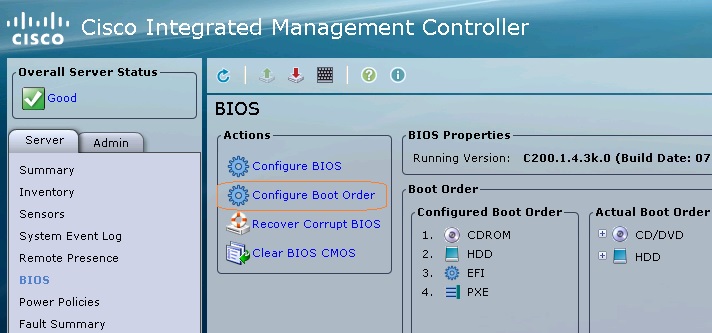
Boot Order
7.If you click on the configure BIOS, it will take you to the below window.
Clik here to view.
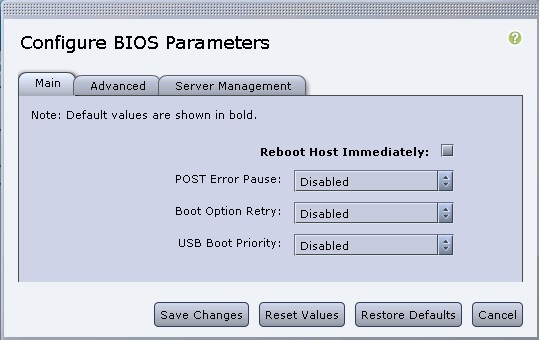
UCS configure BIOS
Processor related settings can be changed in “Advanced” tab.
Clik here to view.
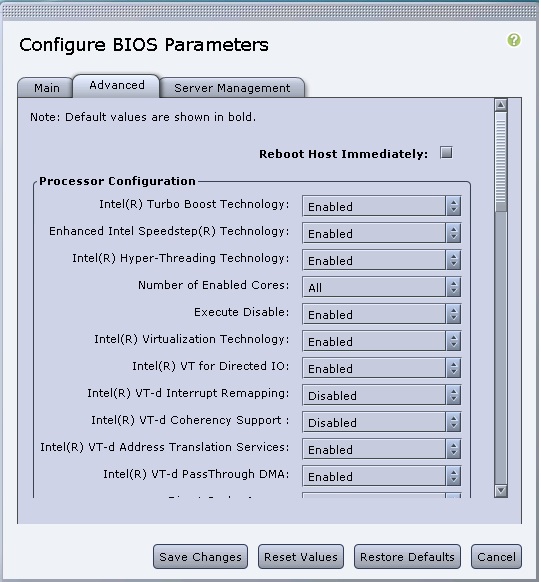
UCS Configure BIOS Processor config
Server management port configuration can be found in the last tab of the BIOS menu.
Clik here to view.

Configure the BIOS server management
8. We do have option also to configure the peak power consumption on UCS servers.
Clik here to view.
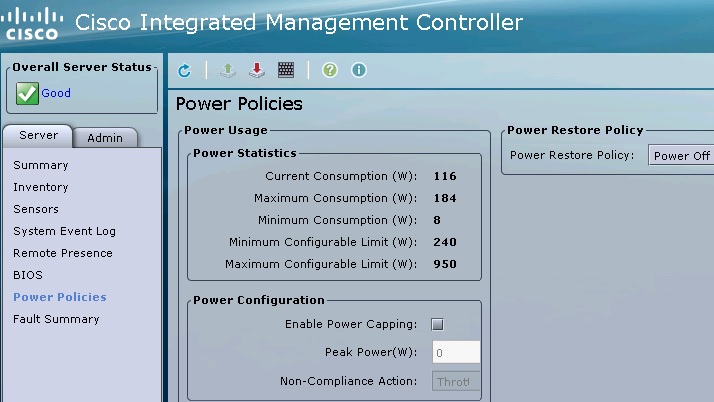
UCS power policies
9. Click on the “admin” tab . In the user Management , we can able to add the new local users and configure the “Active Directory” to it. We have also option to see the current sessions and “admin” user have access to terminate those sessions if required.
Clik here to view.
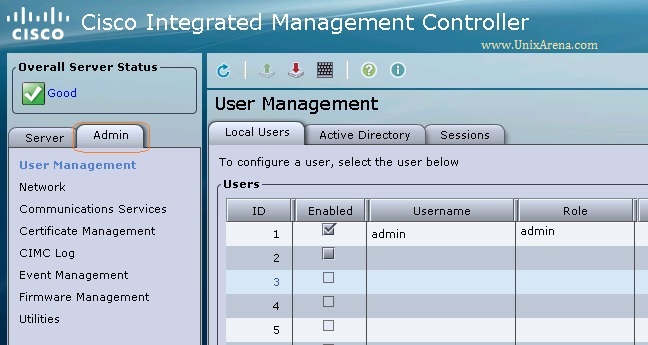
User Management
Here is the “Active Directory” tab .
Clik here to view.
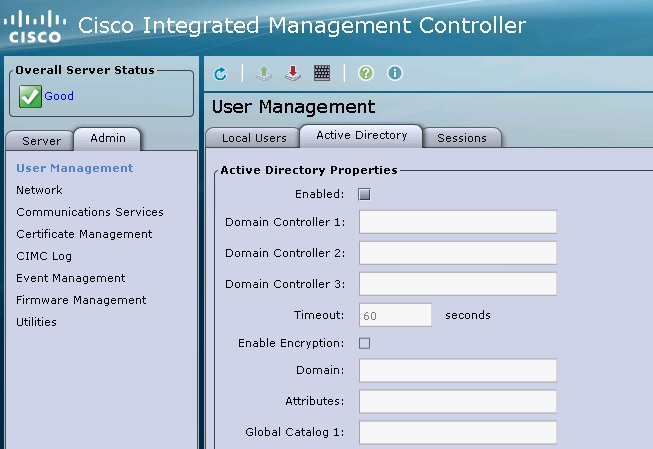
UCS users – Active Directory
Here is the “sessions ” tab.
Clik here to view.
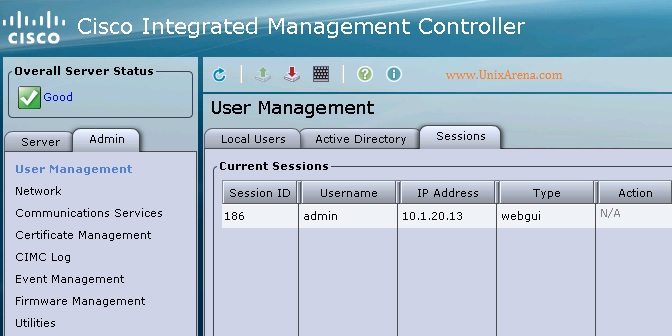
UCS CIMC sessions
Click on the Page 2 to continue.
The post Cisco UCS – C-Series Server Administration – Part 3 appeared first on UnixArena.
